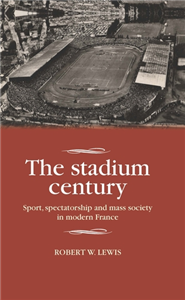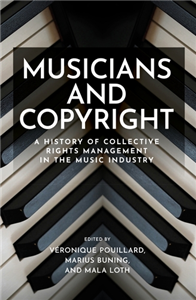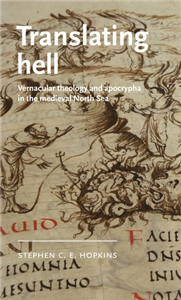Estonian Literature Centre
The Estonian Literature Centre (ELIC) exists to generate interest in Estonian literature abroad. ELIC organizes translation seminars and publishers’ fellowships, and coordinates the Translator-in-residence program in Estonia. ELIC has created a unique English language web site on Estonian writers and translators of Estonian literature and maintains a developing database of translations of Estonian literature. The web site and database can be accessed at: www.estlit.ee
View Rights Portal





















